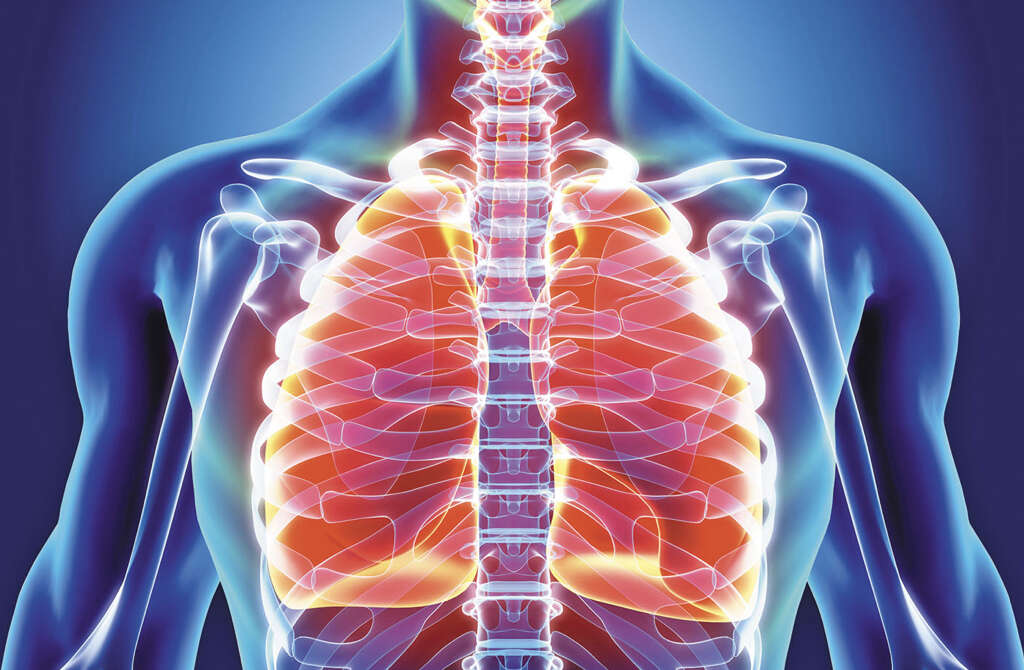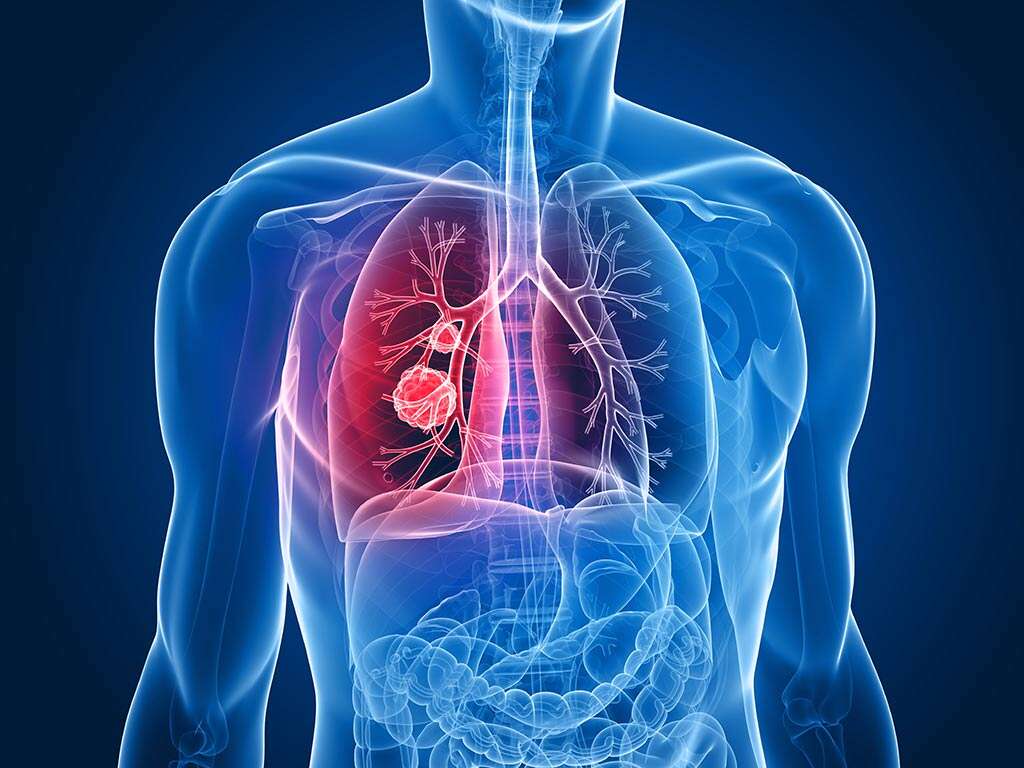What Is Acute Bronchitis?
Our lungs are one of our most essential organs. We cannot live without them and modern technology has not yet found a way to replace them. As such, it pays to try and keep them in good health, but this is often easier said than done and even the healthiest of people can develop problems.
The lungs are made up of many parts. This includes the alveoli in the lining of the lungs that help us to absorb the air that we need. In order for the air to reach the alveoli where the exchange of gases can take place, passageways need to be available to allow the air to pass through. One of these passageways is the bronchial tubes.
1. Bronchial Tubes
The bronchial tubes are passageways that help connect your lungs with the windpipe. This allows air to pass freely in and out of the lungs as the patient breathes. At the point where they meet the windpipe there are two bronchial tubes, with one for each lung. As the tubes travel into the lungs they begin to branch out, much like the branches of a tree.
The bronchial tubes are quite delicate and they are lined with a soft tissue. As air is passing over these tissues, they are prone to becoming infected by pathogens that may be in the air. The tissues are also prone to irritation or damage from chemicals and similar that may be in the air. These factors can lead to a medical condition known as acute bronchitis.
2. Acute Bronchitis
Acute bronchitis, which is also sometimes called a chest cold, is a condition that means the lining of the bronchial tubes has become inflamed. It is a relatively common condition that often occurs after other respiratory infections like the common cold.
It will typically cause the patient to develop a cough, and they may also cough up thick mucus. Acute bronchitis is not usually a serious condition and the patient is likely to recover within 10 days or so. Regardless, it is still a condition that should encourage you to speak with a doctor to be sure it is not something more serious.

3. Chronic Bronchitis
In addition to acute bronchitis is chronic bronchitis. This condition is also the inflammation of the bronchial tubes, only this time the disease is likely to return from time to time. The condition will typically be found in people that have chronic obstructive pulmonary disease.
In order to be diagnosed with chronic bronchitis, the cough will need to last for at least 3 months. You will also need to experience relapses of the symptoms for two or more consecutive years. The severity of the symptoms can fluctuate, and patients with chronic bronchitis are also more likely to develop other infections.
4. Causes
The most common cause of acute bronchitis is a type of virus. In the majority of cases, the virus responsible will be the same as those that are responsible for the flu and the common cold. This is one reason why acute bronchitis is often found after the patient has contracted another disease, like those mentioned.
These viruses are often transmitted in infected droplets when a person coughs or sneezes. They tend to be very contagious, making it difficult to completely protect yourself against them. Acute bronchitis will also sometimes be caused by environmental factors such as air pollution, fumes, vapor, and cigarette smoke.

5. Symptoms
The symptoms of acute bronchitis will typically be similar to those you’d expect to have with a cold. This can mean aches and pains, a headache, and a slight fever and chills. The condition will also cause a cough, and the patient can cough up mucus. Blood may be present in the mucus in some cases.
The patient will also likely feel discomfort in the chest and they can also find themselves short of breath. Acute bronchitis will also cause the patient to feel fatigued in some cases. The symptoms will usually clear up in 10 days, but the cough can remain for several weeks.
6. Complications
Acute bronchitis is not usually serious and in the vast majority of cases the patient will make a full recovery with no real harm done. However, it will develop into potentially serious complications in a small number of cases. One such complication is that it can develop into chronic bronchitis and other conditions can develop, including sinusitis and asthma.
Another potential complication of acute bronchitis is pneumonia. This is a lung infection that can cause severe breathing problems for the patient. If you do find that bronchitis keeps on returning, it could mean that you have other dangerous conditions like chronic obstructive pulmonary disease.

7. Who’s At Risk?
The people at the highest risk of acute bronchitis include young children and older adults. This is largely because their immune systems are often not strong enough to resist the disease. It is also more common in people that have recently caught diseases like the flu or the common cold.
People that suffer from heartburn regularly are also at risk. This is because the acidic juices that cause heartburn can irritate the bronchial tubes. People that are exposed to certain fumes are also at a higher risk and people should always try and wear protective clothing. People that are exposed to pollution are also at risk, as are people that are regularly exposed to cigarette smoke.
8. Prevention
There is no sure way to prevent acute bronchitis, but we can make it a lot less likely that we will catch the disease. One of these is to make sure you get a flu vaccination, especially if you have a weakened immune system. Washing your hands regularly and practicing good hygiene overall will also help to keep you safe.
If you do work around fumes then you should make sure to wear the appropriate protective masks and other protective items. You should also consider using a mask if the air is particularly polluted where you live. Avoiding cigarette smoke will also help to prevent the condition from developing.

9. Diagnosis
Many cases of acute bronchitis will go undiagnosed to begin with because it will likely be mistaken for the cold or similar. When the symptoms are particular uncomfortable, however, people are more likely to see a doctor, and they are also more likely to see a doctor when their cough lingers.
If you do see a doctor, they are likely to want to perform a brief physical exam. This will likely include them listening to your lungs using a stethoscope. Other tests include a pulmonary function test, which helps measure how well the lungs are working. Sputum tests can also be used to help look for infections, and X-rays will also be used in some cases.
10. Medications
If acute bronchitis is caused by a bacterial infection then antibiotics can be used to help cure the condition. However, viruses are usually to blame and antibiotics are not effective against viruses. In such cases, the patient is usually asked to simply get plenty of rest and allow the infection to run its course.
Medication can also be provided to help soothe the patient’s symptoms. This often means cough medicine, especially if the cough is preventing the patient from sleeping well. Other medication may also be recommended if you have other medical conditions such as chronic obstructive pulmonary disease, or asthma.











